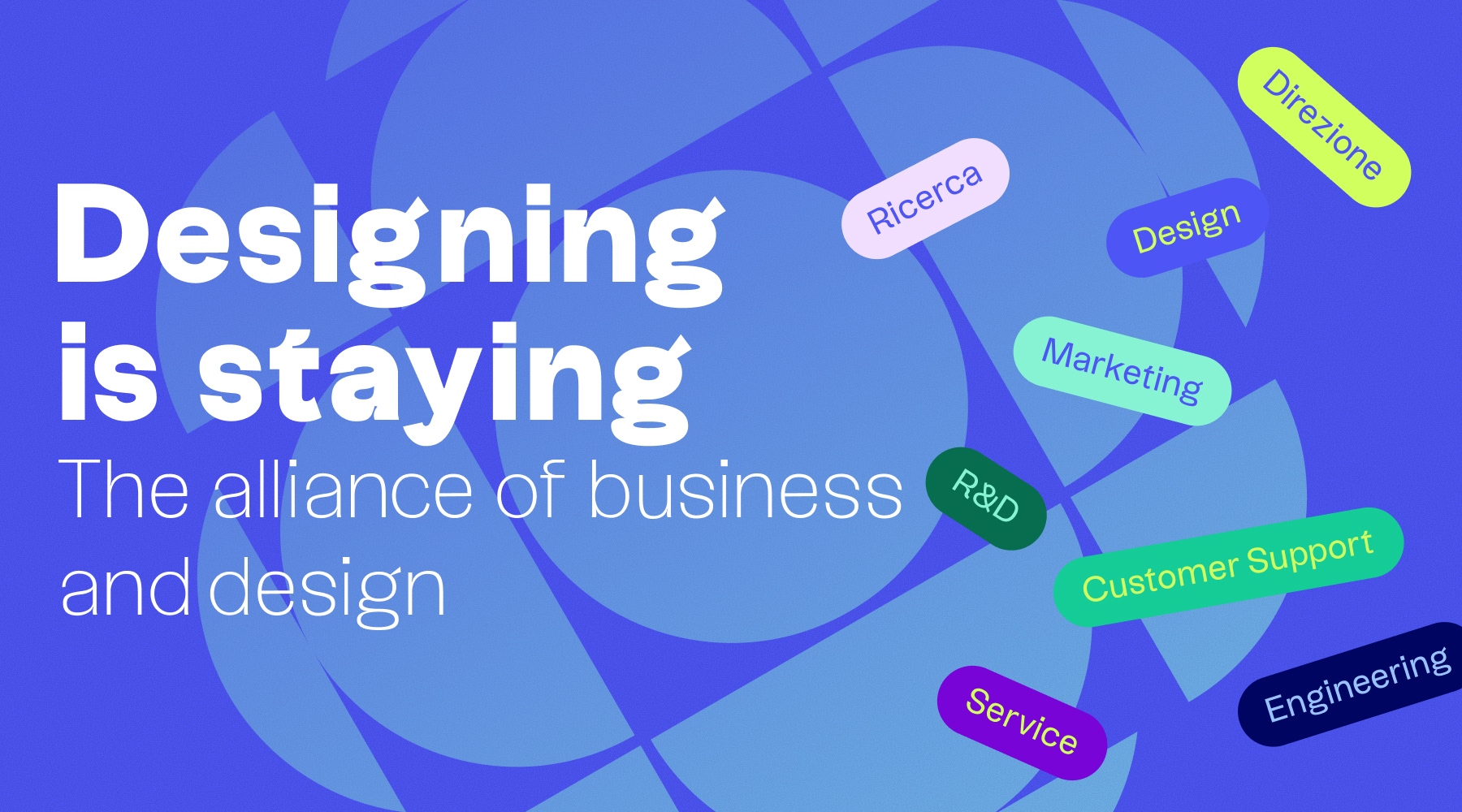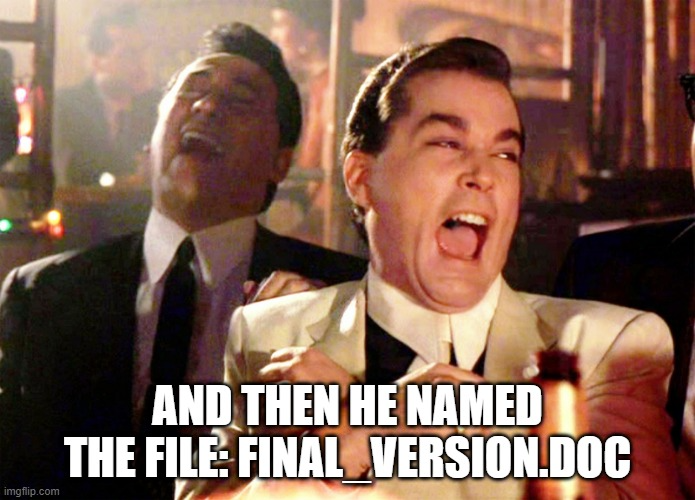Often projects are managed and developed “in watertight compartments”.
But what does it mean exactly? It means that the company divides and isolates work between different internal teams — marketing, R&D, sales, customer support — and sometimes even external consultants.
This approach involves several problems:

The result? Delays, extra costs, and often a less effective final product. Without constant dialogue between teams, problems emerge late and require reworks, the user experience is fragmented and the overall value of the project weakens.
This aspect becomes even more critical when it comes to products that have an interactive and digital component, integrated directly into the device or delegated to an app. At Rawr, we deal with both the physical and digital worlds, so we often encounter this fragmentation: the briefs we receive put industrial design on one side and UX/UI on the other.
We are very sceptical about this approach.

When a project combines industrial design and UX/UI, we always approach it as a single experience and not as two separate and distinct processes. The study has taught us, and experience has confirmed, that having an overview improves consistency, usability, aesthetics and perceived value of the product. Physical and digital are parts of the same whole: only if they dialogue can they allow the product to really work.
Research is at the base of everything. We consider it the foundation of every project and for this reason we have dedicated the article User research in design to it: why it is crucial.
This approach, however, is not limited to our daily operations: when we collaborate with companies, we also try to influence their internal processes, bringing a cross-functional and integrated method:
However, this does not mean that industrial design and UX/UI are the same: they have different times, constraints and rhythms, especially in the long-term management of the project.
In physical design, once the concept has been approved and the shared 3D created, the designers become “guardians” who follow the engineering phase to ensure that adaptations and optimizations respect the concept. When the mold is ready and the product is in production, the shape can be considered defined and definitive: it will change only at the next — possible — restyling.
The digital design Instead, it is fluid and, like a living being, it is constantly evolving: thanks to real feedback from users, it can and must change. The delivery of a Figma file is not the end, but the beginning of a journey.

There is a modus operandi — unfortunately widespread — of many design studios: finish the project, deliver the Figma files, send the final invoice and consider the work finished. End of story!
This is an approach inherited from the world of pre-digital communication and graphics, but in digital it doesn't really work like that.
An interface is neither a graphic or an industrial product: it is a living and well process. Treating an app or platform as if they were catalogs or chairs means condemning them to age poorly — often just a few months after launch.
Digital design is not a project One-off, but it is comparable to an organism that grows over time, adapts to situations and learns from others.
This is why the real value of our role lies in its ability to remain “hooked” to the project. How? Reading the data, interpreting the feedback and translating it into new solutions.
Rawr alert: always be wary of those who ghost after the files have been delivered! He's not consulting, he's simply selling graphic executives.
A digital project cannot be considered closed at the launch of the product and the role of a digital designer does not end with the delivery of deliverables: it is important to stay. Numbers, insights and feedback become improved interfaces and translate into more effective flows.
Physical projects have natural deadlines and breaks, digital projects don't. This is why at Rawr Studio we want to build relationships that last over time through evaluation steps, data analysis, incremental releases, periodic tests. The design we like is made up of iteration, refinement, progress. We are not dinosaurs that die out after launch.
In short:
We need a shared awareness and a joint vision, because the physical has a beginning and an end, while the digital is a continuous journey.
A truly effective collaboration contract establishes times and activities tailored to industrial design and UX/UI, guarantees post-launch support and provides for a stable and lasting relationship. Only through an integrated approach does the product become more than a beautiful and well-made object: a complete and consistent experience, capable of evolving.
Clear pacts between company and design studio, long live the project!